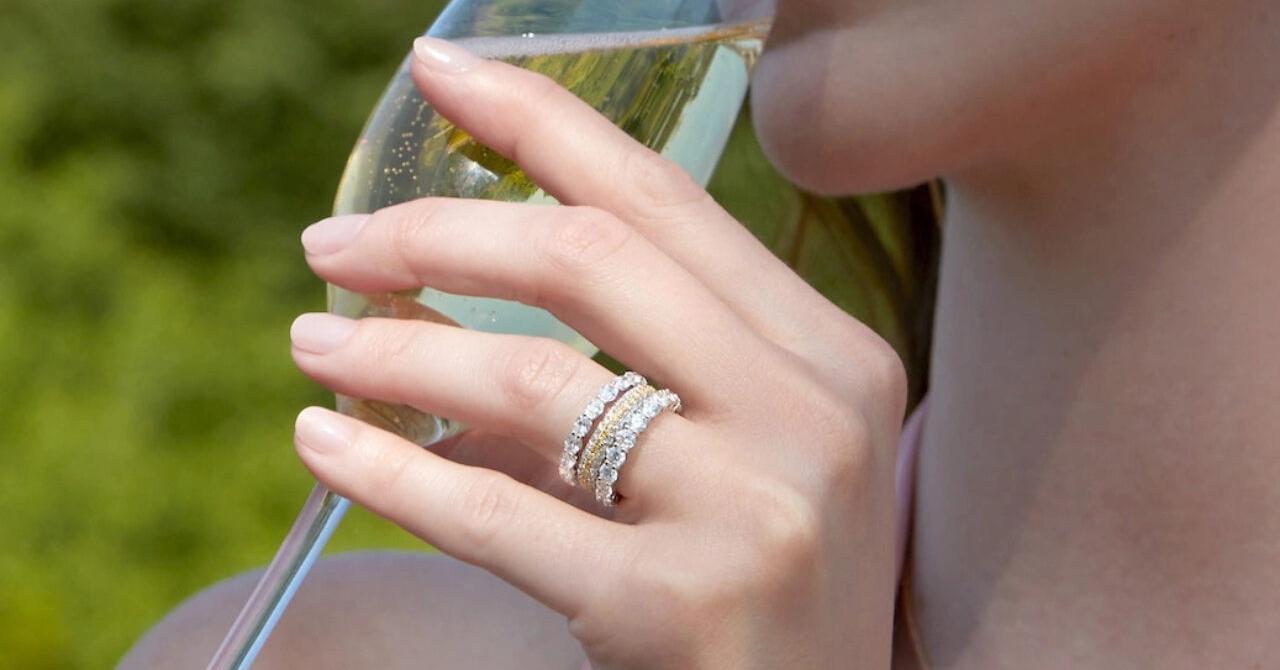When investing in a diamond piece of jewellery, it’s no secret that these precious gems come with a hefty price tag. And as one of the most durable stones that you’ll wear for years to come, it’s important to make sure you’re clear on exactly what you’re looking to invest in.
There are a number of diamond ring myths and misconceptions that can make it tricky to know what’s best when choosing the right jewellery for you. Some of the most common are:
Bigger Is Always Better
One of the most widely challenged misconceptions about diamond rings is that bigger means better and it’s often misunderstood that a larger carat weight always equates to a more valuable or more beautiful diamond. However, this certainly isn’t the case.
In order to determine the value of a diamond ring, the “Four Cs” must be inspected. This stands for carat, cut, colour and clarity. The cut describes the shape of a stone, such as round, princess, or oval and colour and clarity refer to the purity of the diamond.
To properly assess the value of a diamond, carat weight should be considered in conjunction with the above factors.
All Diamonds Are Flawless
Although they may appear it to the naked eye, not all diamonds are flawless. The clarity grading scale examines the imperfections on a diamond such as tiny chips caused by the extreme heat and pressure during the process of creating a diamond, these are often referred to as ‘inclusions’.
In the clarity grading scale, diamonds are ranked based on the number of inclusions noted and will fall into the following categories:
- Flawless (FL) – no visible imperfections when looked at under magnification
- Internally flawless (IF) – these diamonds have a small imperfection on the surface
- Very slightly included (VVS1, VVS2) – these diamonds have small inclusions that can be seen under magnification
- Very slightly included (VS1, VS2) – these diamonds have slightly more imperfections under magnification than VVS1 or VVS2
- Slightly included (SI1, SI2) – these diamonds have more noticeable imperfections
- Included (I1, I2, I3) – the highest level of visible imperfections in a diamond
Diamonds Are Rare
While it’s true that diamonds can take billions of years to form, the common belief that diamonds are extremely rare and high prices are driven by limited supply, is false.
This misconception was created to breed exclusivity around the diamond trade, and controlled supply means merchants are able to maintain high prices. When in fact, in the last century diamonds have become more readily available than ever before, and there are more of these precious gems in the market, including an abundance of smaller diamonds and newly invented lab-grown diamonds.
As certainly an investment piece, it’s important to debunk any myths or misconceptions about your diamond jewellery, and always consult with an expert if you’re unclear. Whilst assessing the cut, carat, colour and clarity of a gem, it’s important to remember to find the right style for you.

